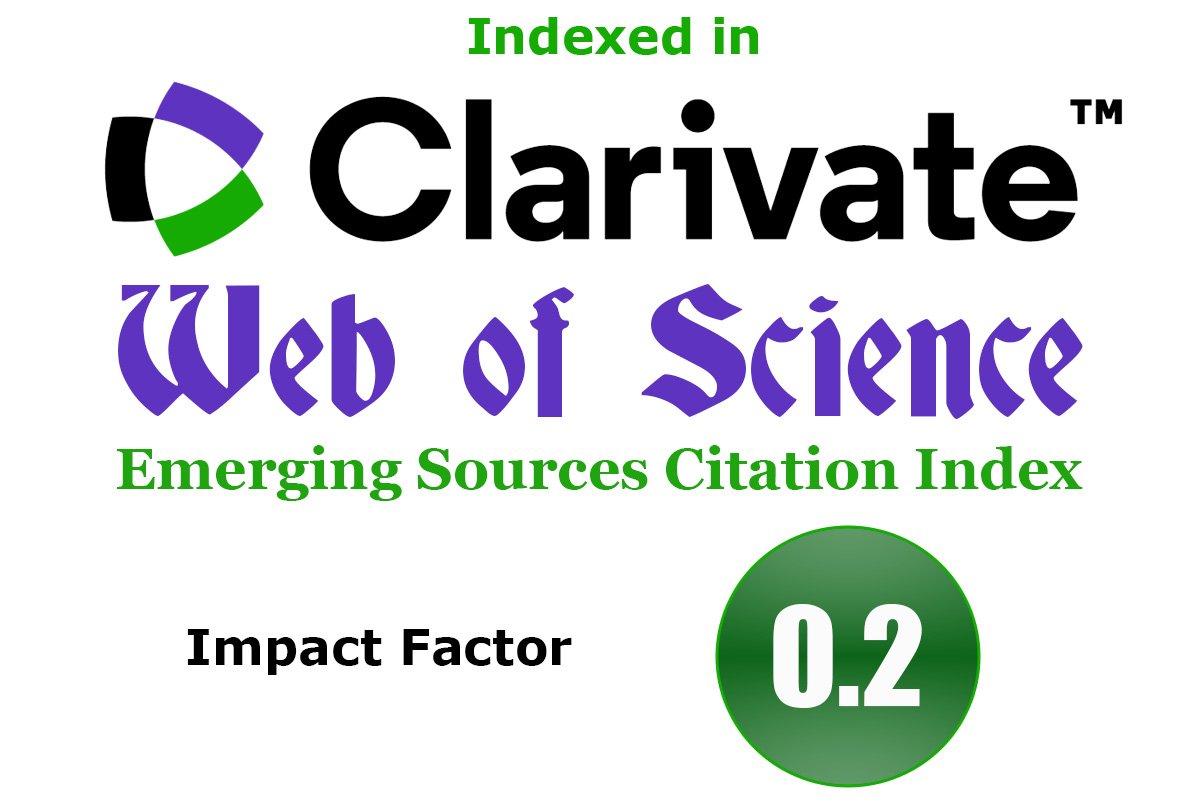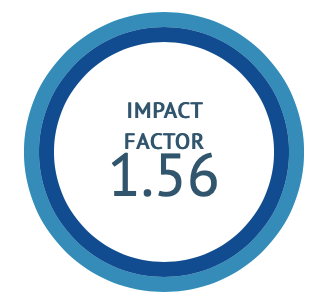An Investigating the antioxidant and antiproliferative activity of Mimusops elengi Linn Extract against Hepatocellular Carcinoma
DOI:
https://doi.org/10.47552/ijam.v16iS2.6193Keywords:
Mimusops elengi, Antioxidant, Antiproliferative, Hep G2 Cell linesAbstract
The antioxidant profile of the methanolic extract of Mimusops elengi was measured using various antioxidant assays, and the cytotoxicity was evaluated using MTT and Alamar blue assay against a hepatocellular carcinoma cell line (Hep-G2). In the DPPH radical scavenging assay, IC50 values were 91.55±0.02 µg/ml. Superoxide Radical Scavenging IC50 Value is 57.14 ±0.088 µg/ml, Nitrogen Scavenging IC50 Value is 15.88 ±0.028 µg/ml, CUPRAC IC50 Value is 7.731±0.5 µg/ml, FRAP IC50 Value is 14.32 ±0.046 µg/ml, Hydroxyl radical scavenging IC50 value is 22.46 ±1.02 µg/ml, and ABTS IC50 value is 4.00±0.08 µg/ml. the cytotoxicity study by MTT Assay the IC50 Values 34.98± 0.24, Alamar Blue Assay, it was showed that when the HepG2 cell line was exposed to various concentrations of the sample on different treatment doses, MEME Mean Fluorescence intensity (MFI%) of Alamar blue was found increasing with decrease of Treatment Dose of sample MEME. The highest MFI was estimated at 105.20 % at a 3.601 µg/ml dose of sample MEME, while the Lowest MFI% % (99.24%) was observed at a higher treatment dose of 14.405 µg/ml for Sample MEME concerning the control.
Downloads
Published
How to Cite
Issue
Section
License
Copyright (c) 2025 International Journal of Ayurvedic Medicine

This work is licensed under a Creative Commons Attribution-NonCommercial-ShareAlike 4.0 International License.
The author hereby transfers, assigns, or conveys all copyright ownership to the International Journal of Ayurvedic Medicine (IJAM). By this transfer, the article becomes the property of the IJAM and may not be published elsewhere without written permission from the IJAM.
This transfer of copyright also implies transfer of rights for printed, electronic, microfilm, and facsimile publication. No royalty or other monetary compensation will be received for transferring the copyright of the article to the IJAM.
The IJAM, in turn, grants each author the right to republish the article in any book for which he or she is the author or editor, without paying royalties to the IJAM, subject to the express conditions that (a) the author notify IJAM in advance in writing of this republication and (b) a credit line attributes the original publication to IJAM.





